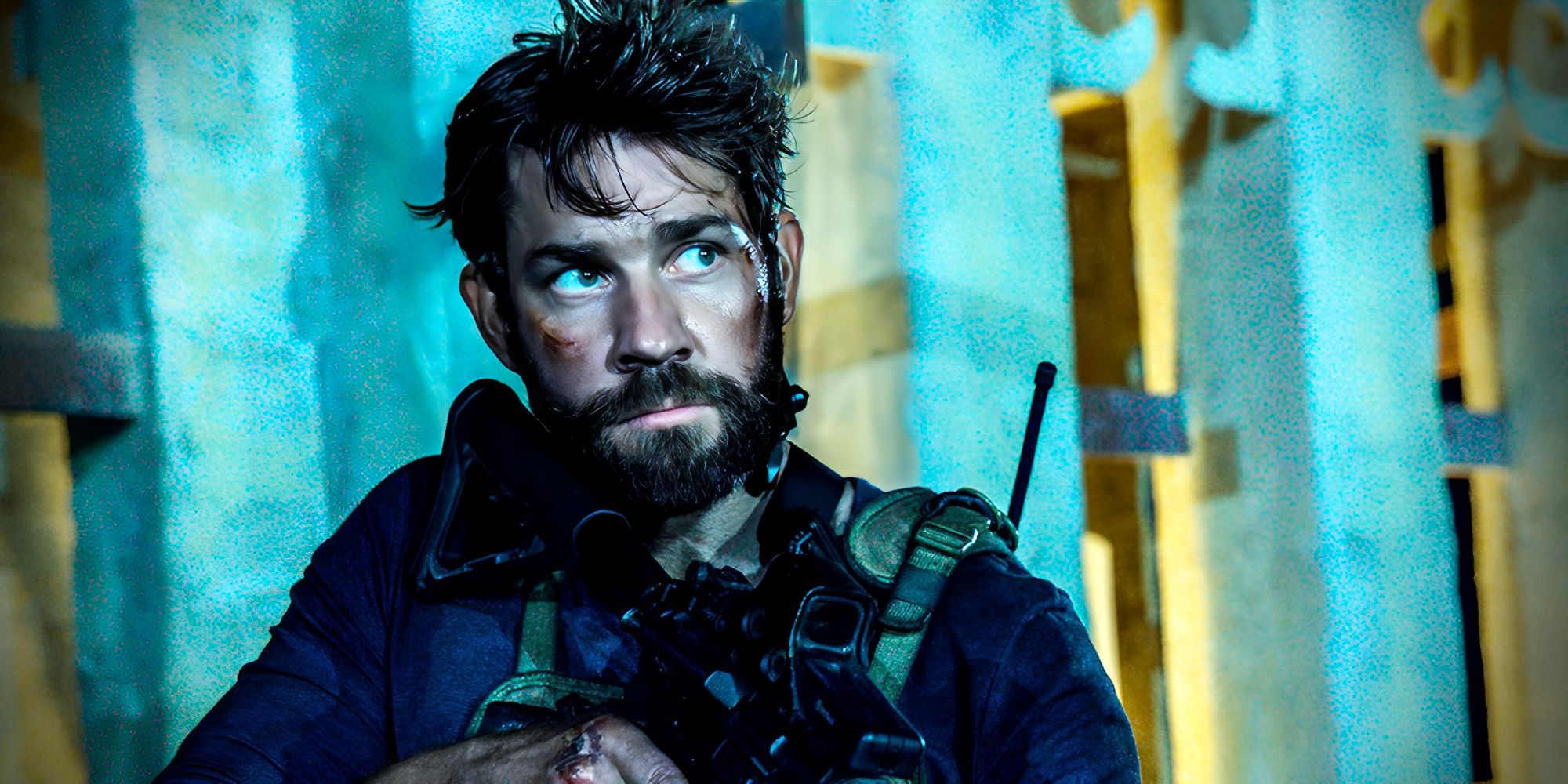
Michael Bay, known for his direction, has earned recognition by creating large-scale, expensive, and action-packed extravaganzas that, despite impressive technical feats, are frequently dismissed by critics and tend to fade from memory for viewers. From his exceptional beginning with the beloved “Bad Boys” to the debated “Transformers” series, Bay consistently maintained a knack for high-octane action and pulse-pounding sequences. His films, which regularly perform well at the box office, are often discussed as ‘popcorn’ movies rather than highly regarded artistic masterpieces.
A notable film that underscored Bay’s more mature aspect was the 2016 release, “13 Hours: The Secret Soldiers of Benghazi.” In this production, John Krasinski portrayed a member of the Annex Security Team who courageously defended the American diplomatic post in Benghazi, Libya, following a series of militant assaults. This movie was adapted from Mitchell Zuckoff’s non-fiction book and provided an intense depiction of the struggle between the U.S. and the Al-Qaeda-linked Islamic militant group, Ansar al-Sharia. Critics often criticized “13 Hours” as favoring style over substance, but one remarkable battle scene stood out, rescuing this largely forgettable film from obscurity.
13 Hours’ Insurgent Attack Scene Is Stunning
There Was An Immediacy To The First Attack That Was Truly Intense
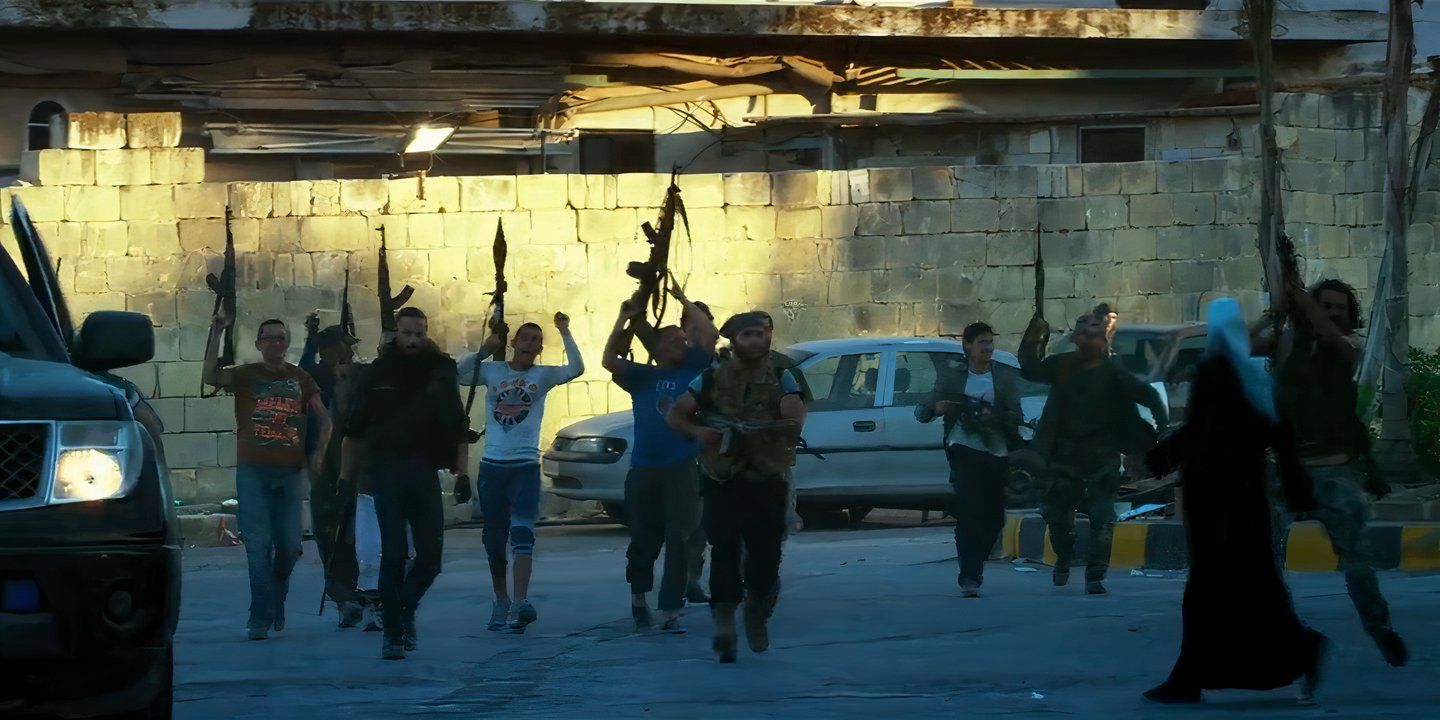
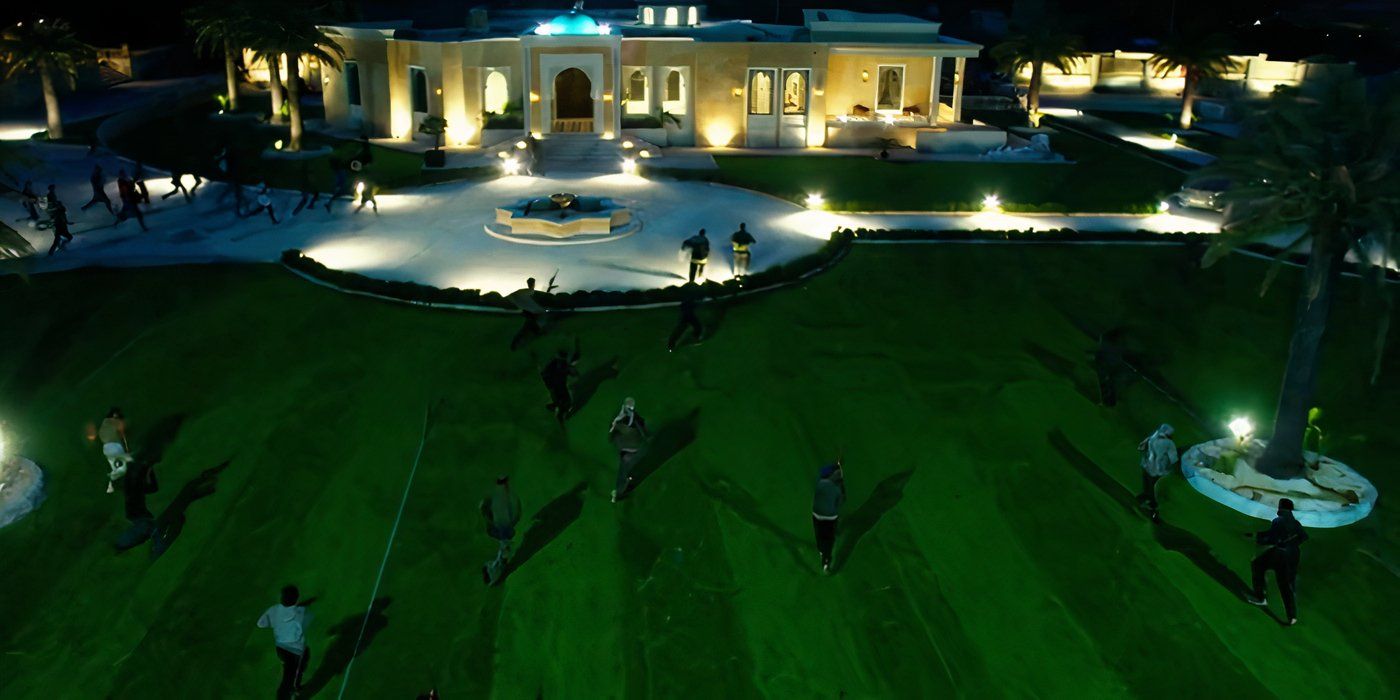
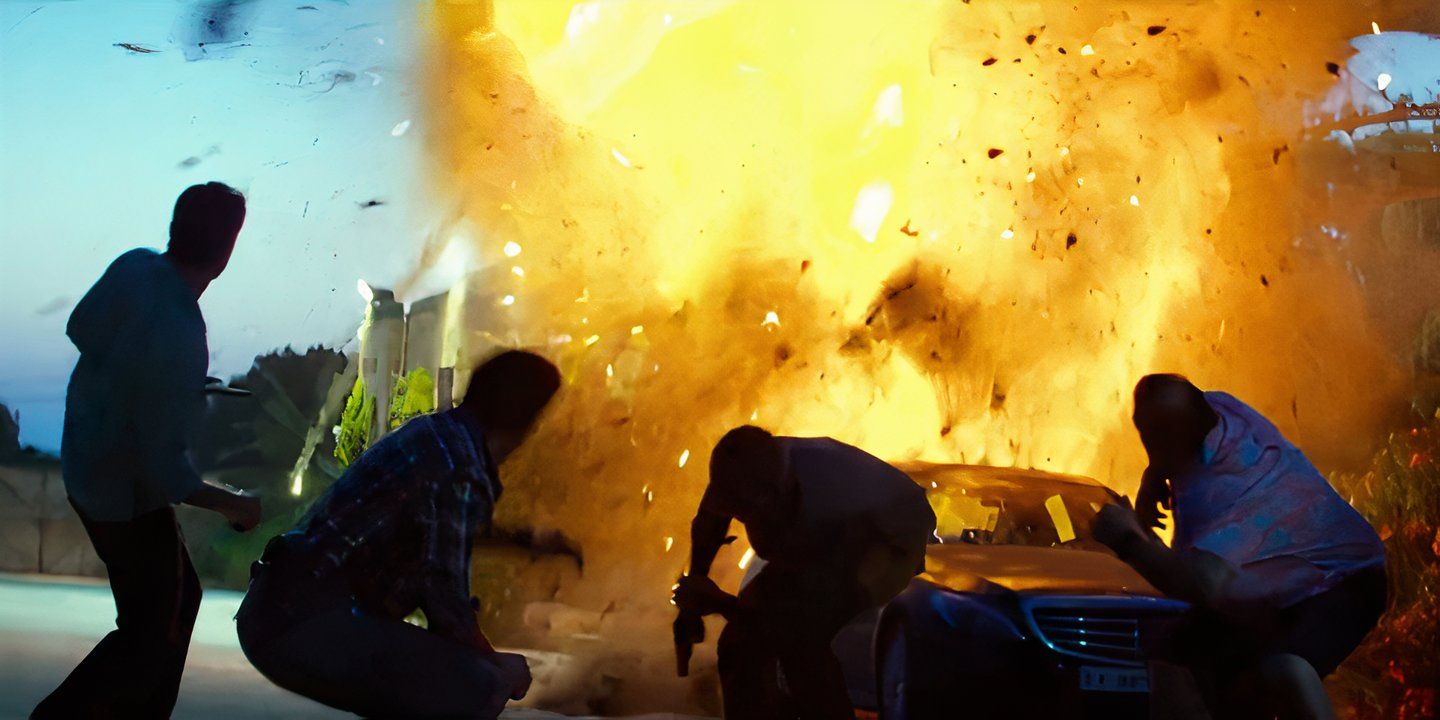
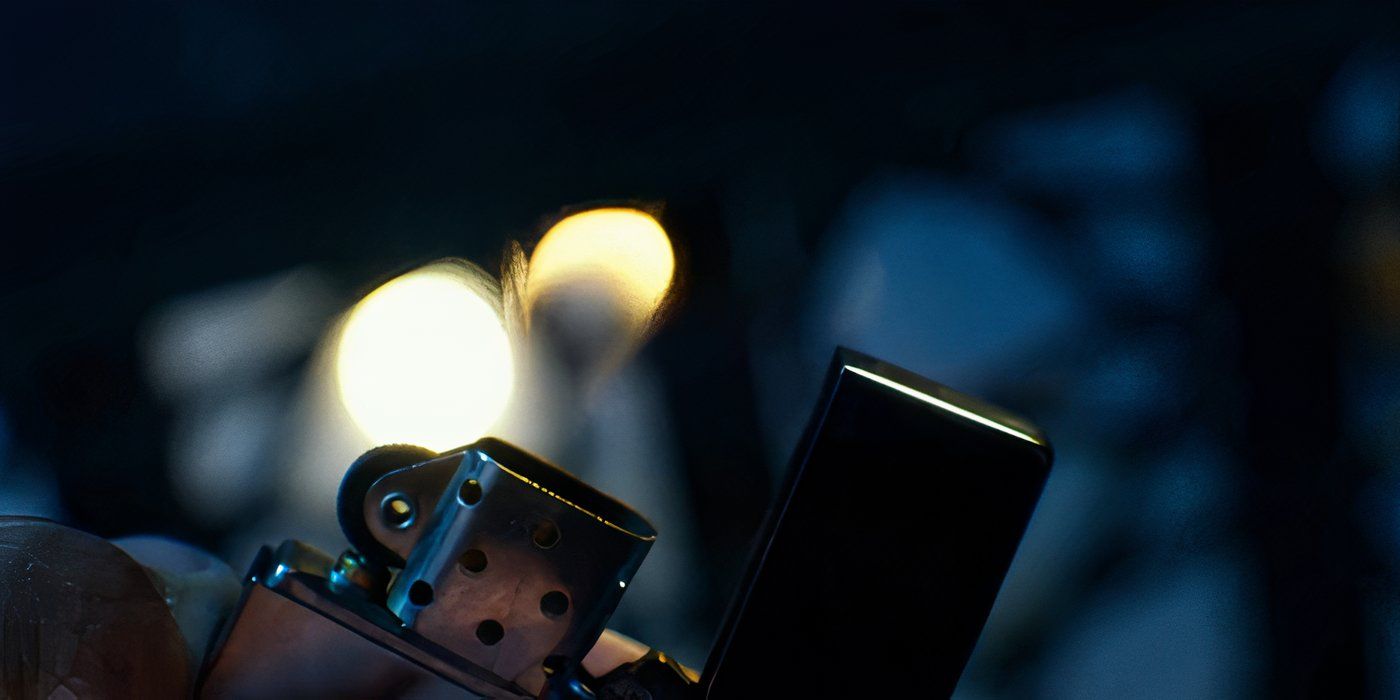
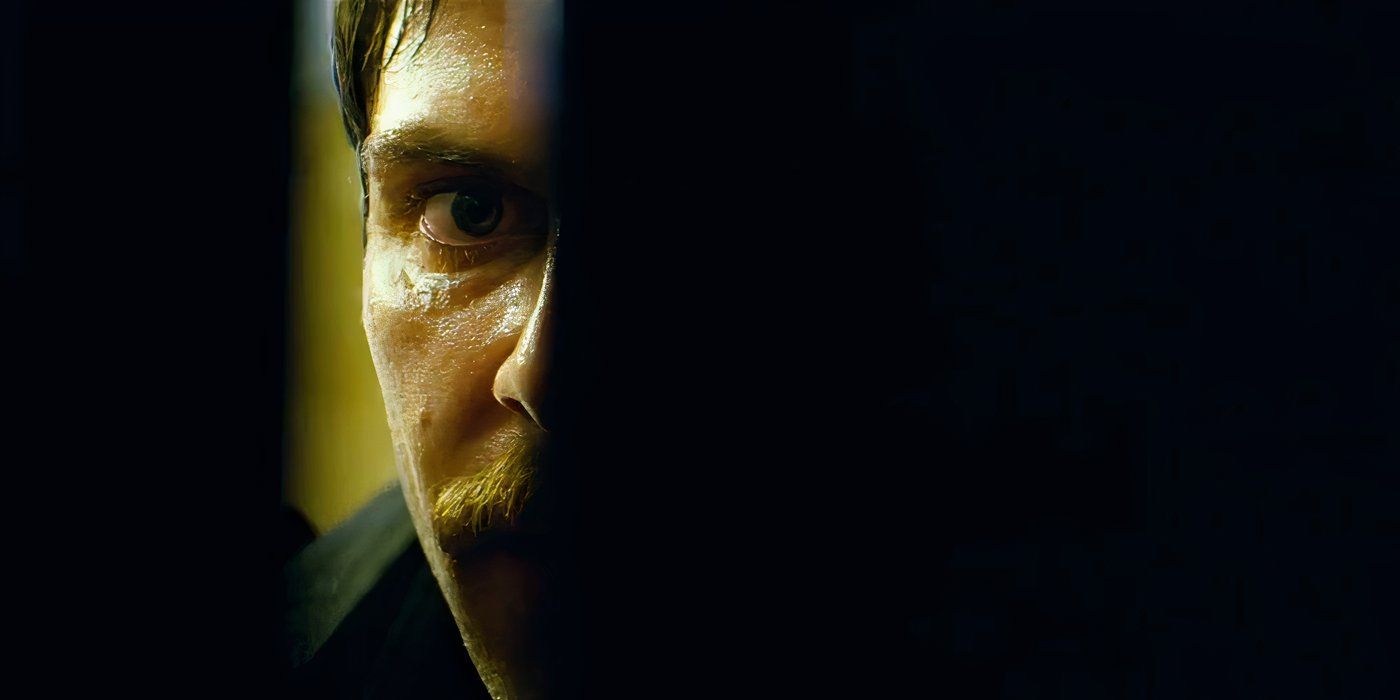
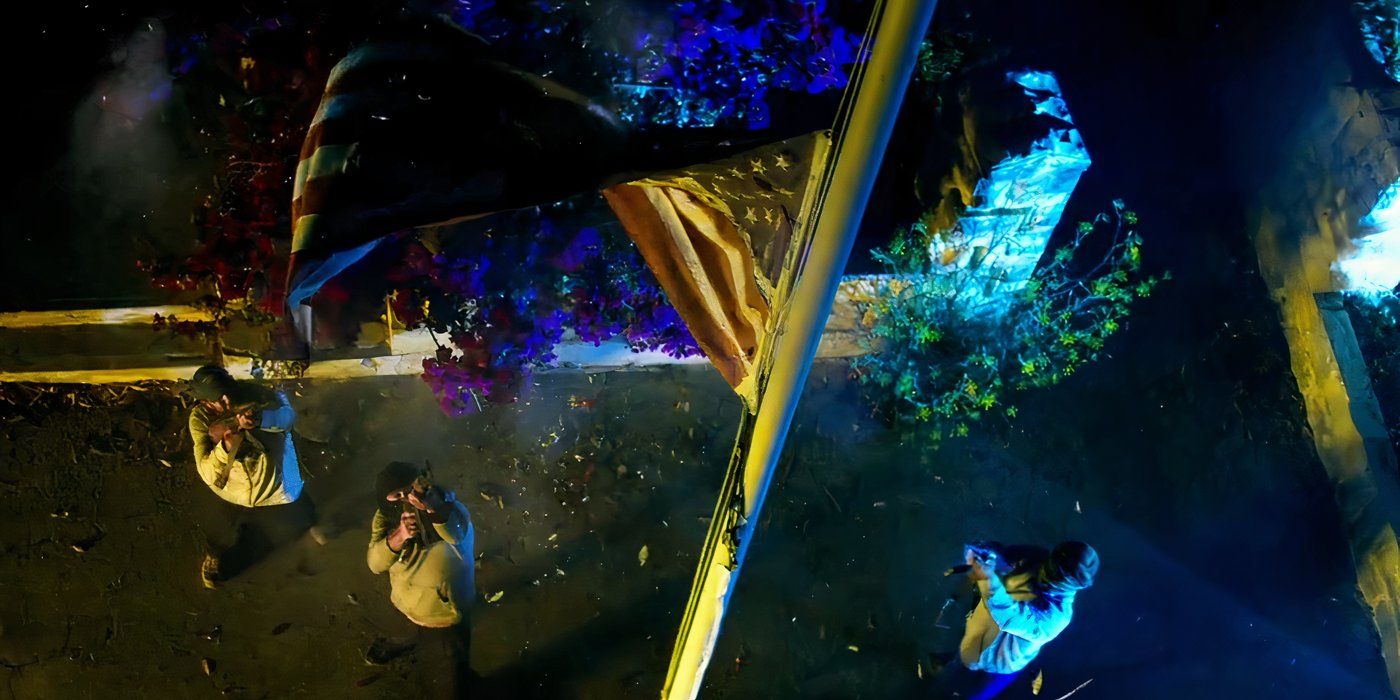
13 Hours delved into the turbulent conditions in Benghazi post-Muammar Gaddafi’s overthrow, earning it a reputation as one of the world’s most perilous locales. With soldiers constantly on high alert and the potential for conflict erupting at any instant, Bay demonstrated his knack for creating suspense as the movie escalated towards its breathtaking initial attack by the insurgents. As Islamic extremists launched their attack on the U.S. base under the cover of darkness, Bay’s employment of jerky camera work and swift edits effectively communicated a chilling feeling of immediate, terrifying uncertainty.
As U.S. personnel grappled with responding to the assault and summoning aid from a nearby CIA outpost, those within the compound found themselves rapidly enveloped by flames as the attackers deliberately set the building ablaze. The insurgents’ meticulous planning was evident in their strategy to overpower the defenders swiftly and decisively. This battle raged relentlessly for the subsequent 13 hours, with U.S. officials grappling with how to counterattack without causing unnecessary casualties, ultimately leading to a series of intense gunfights, pursuits, and acts of bravery.
13 Hours’ Amazing Battle Scene Is Michael Bay At His Best
Michael Bay Used Lessons Learned From Previous Action Movies For 13 Hours’ Battles
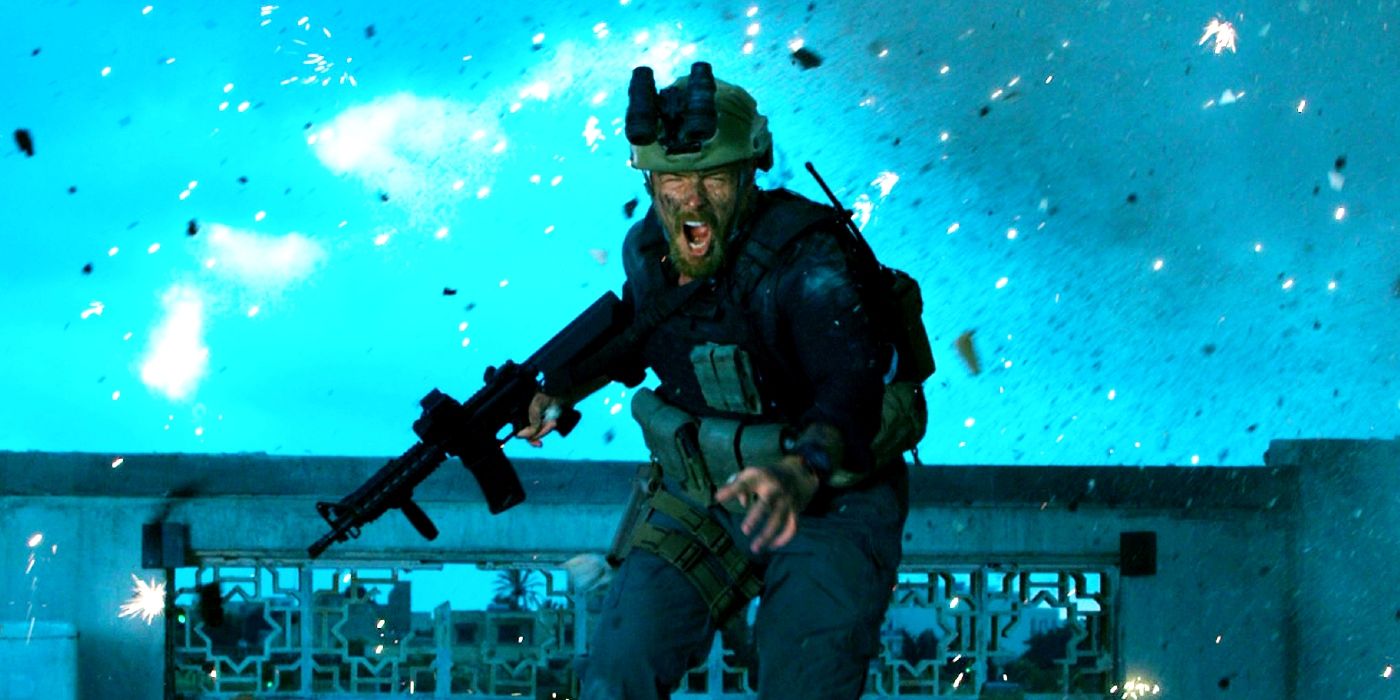
It has long been evident that Bay excels at portraying action sequences better than most directors in Hollywood, and the opening battle scene in “13 Hours” showcased this talent exceptionally well. By blending technical prowess and striking visuals, the conflict was imbued with a sense of urgency and majesty that is frequently absent from slower-war movies. Given his background directing high-budget action films, it was apparent that Bay applied the lessons he’d gleaned from productions like “The Rock” and “Armageddon” to create a more authentic setting for “13 Hours”.
Earlier in the movie, the layout of the complex had been established, allowing us, as viewers, to navigate through the on-screen turmoil without getting lost or bewildered. The action in “13 Hours” seemed more authentic compared to Bay’s “Transformers” battle sequences, suggesting that he had put a lot of thought into how insurgents and defenders interacted, communicated, and protected themselves during this intense scenario. Despite the film showcasing Bay at his finest, it didn’t quite reach the level of his greatest works.
13 Hours Is Otherwise A Largely Forgettable War Movie
Sheer Spectacle Could Not Make Up For 13 Hours’ Lack Of Political Insight
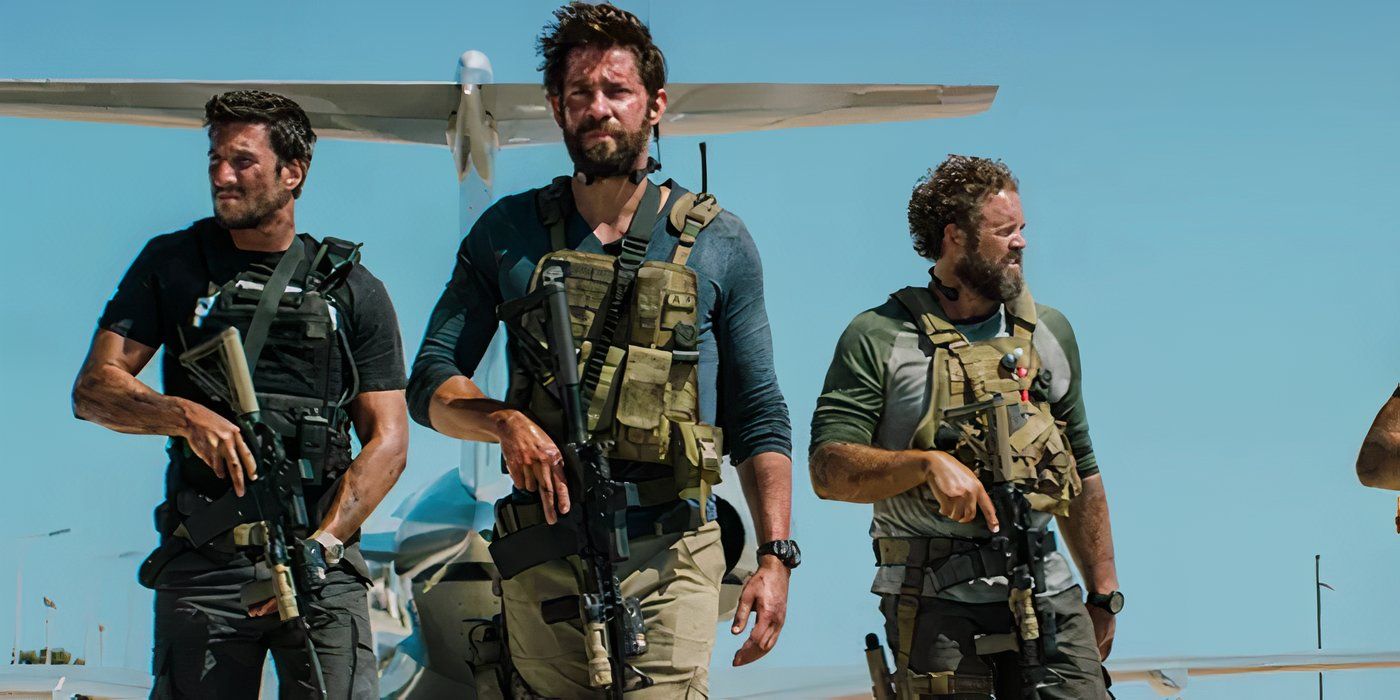
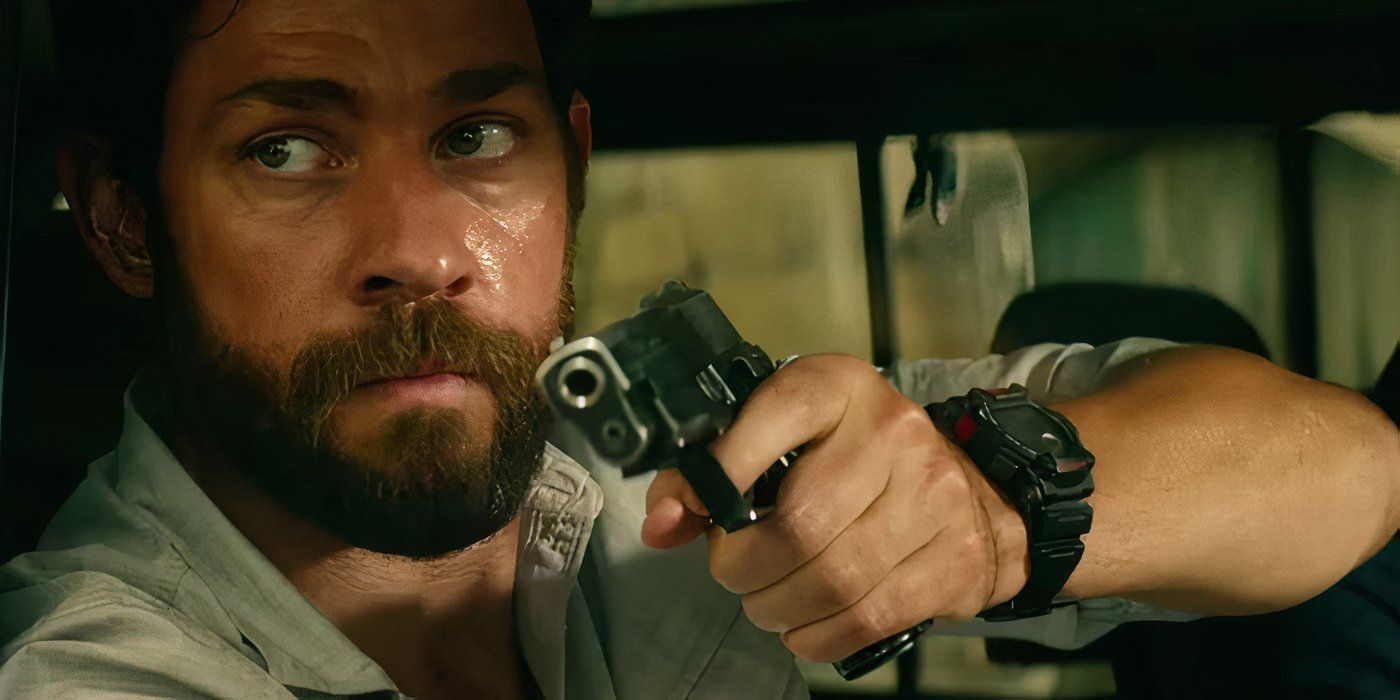
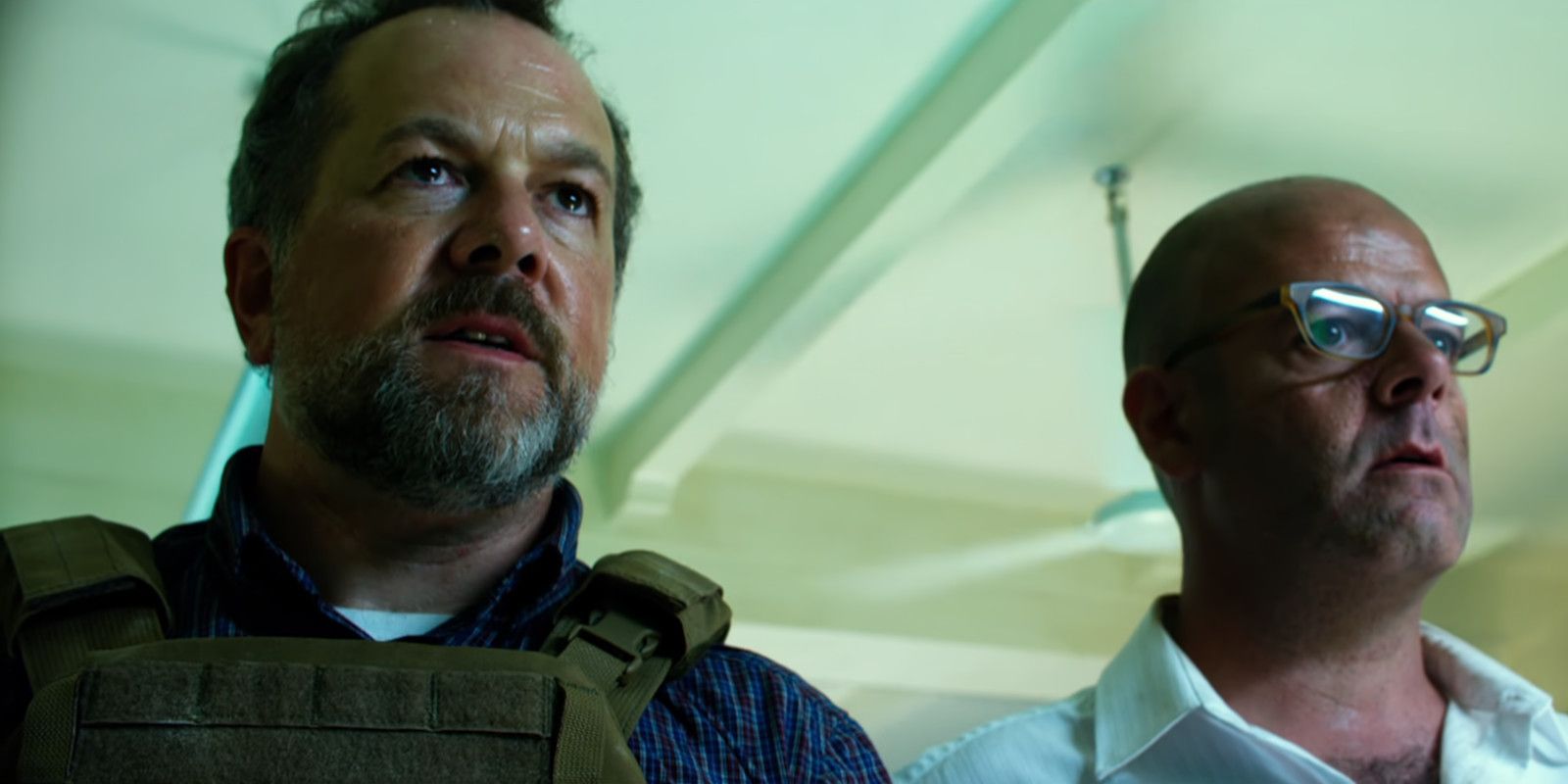
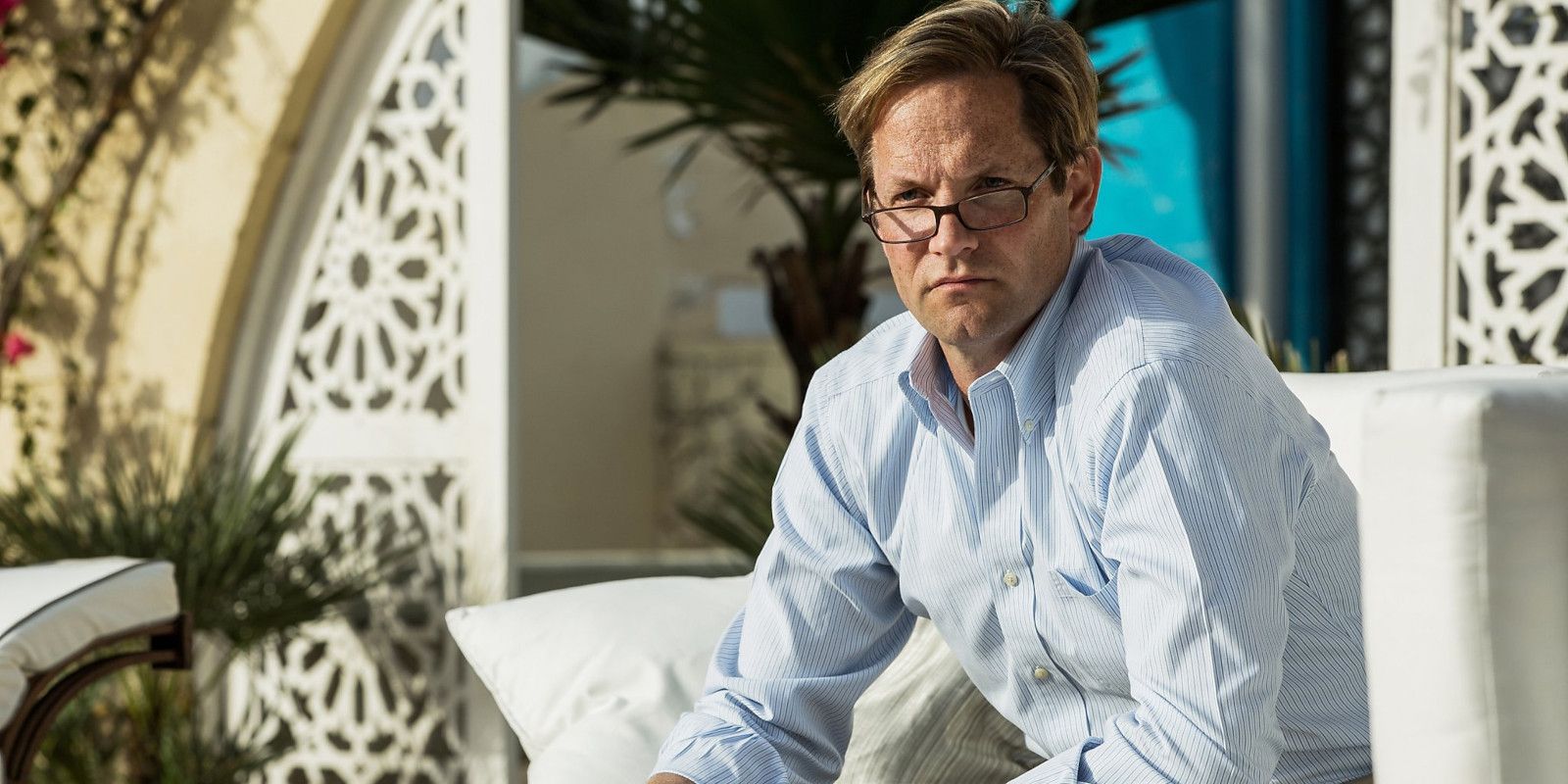
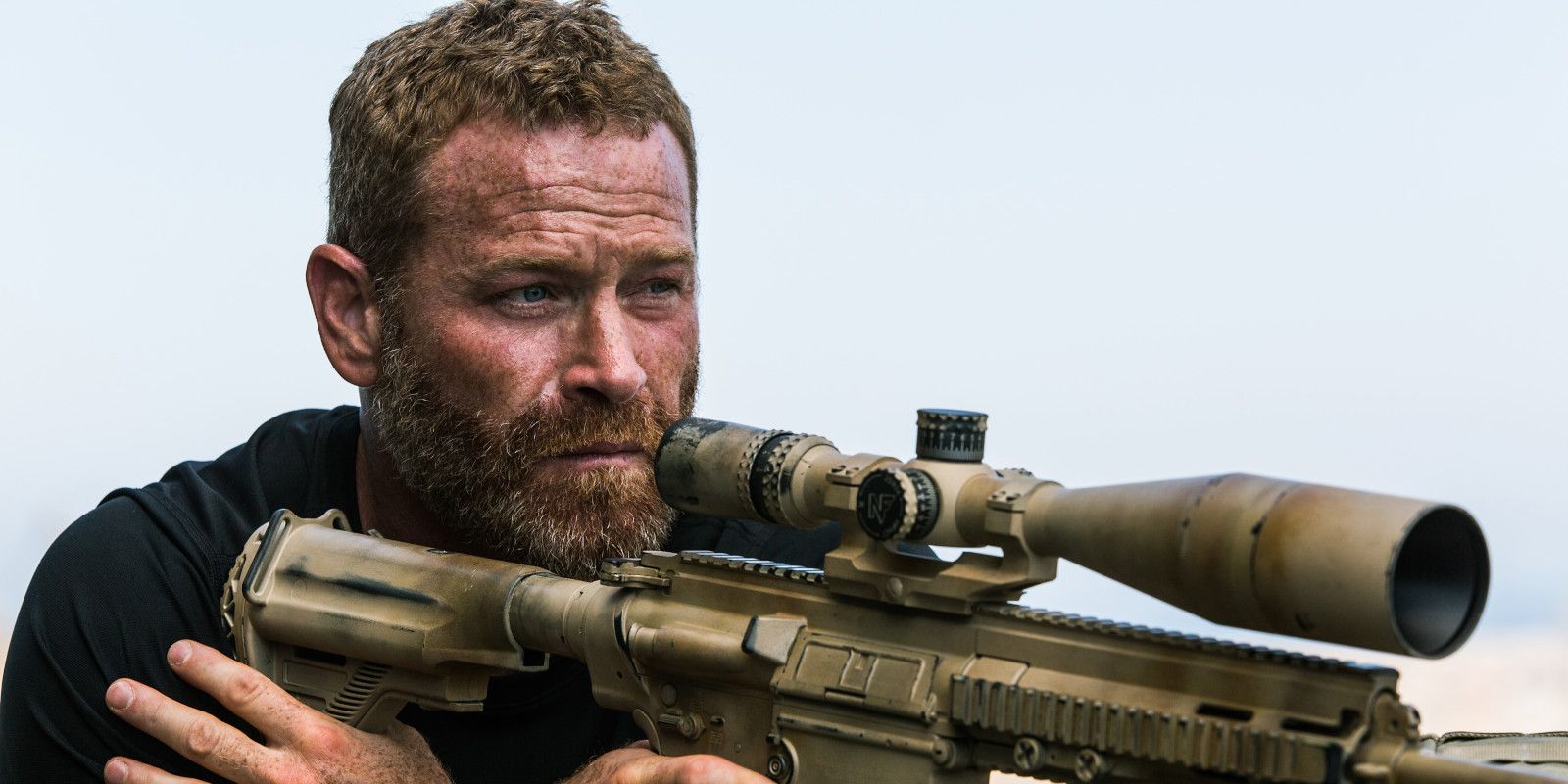
13 Hours, despite showcasing director Michael Bay’s skill in action sequences, particularly the insurgent attack scene, fell short of creating a deep connection with audiences and critics. Although it touched upon the political climate of Benghazi in 2012, the film prioritized maintaining tension over delivering a story that would resonate post-viewing. The action sequences were undeniably exciting, but unfortunately, 13 Hours failed to delve meaningfully into its geopolitical context.
13 Hours fell short of its potential as a gripping cinematic experience due to the lack of depth in its intense battle scenes, character development, or substantial storyline. Instead, the film felt shallow, making it difficult for viewers to become emotionally involved with the generic heroism portrayed by the U.S. soldiers. Michael Bay’s work on 13 Hours represented a commendable effort to expand his repertoire beyond action-packed blockbusters, but to create lasting impact, he must delve deeper into character and thematic elements.
Read More
- 50 Ankle Break & Score Sound ID Codes for Basketball Zero
- Who Is Harley Wallace? The Heartbreaking Truth Behind Bring Her Back’s Dedication
- 50 Goal Sound ID Codes for Blue Lock Rivals
- Mirren Star Legends Tier List [Global Release] (May 2025)
- Elden Ring Nightreign Enhanced Boss Arrives in Surprise Update
- How to play Delta Force Black Hawk Down campaign solo. Single player Explained
- KPop Demon Hunters: Real Ages Revealed?!
- Here’s Why Your Nintendo Switch 2 Display Looks So Blurry
- Death Stranding 2 Review – Tied Up
- MrBeast removes controversial AI thumbnail tool after wave of backlash
2025-05-10 17:57